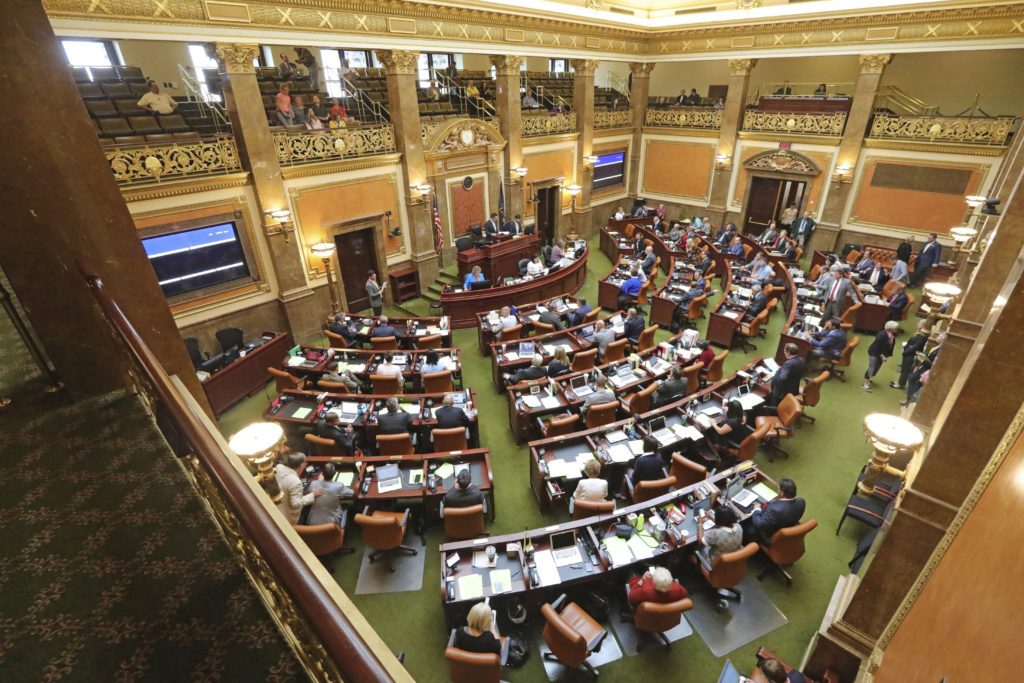A legislative committee postponed raising Utah’s film incentives budget recently so members can explore the possibility of targeted film incentives.
Film incentives bring production companies to Utah by reducing the cost of production within the state. Eleanor Jubb, asenior consultant of the Olsberg SPI economic research team, told lawmakers on Oct. 20 that every dollar invested in film incentives returns $5.10 to Utah’s economy.

“The majority of [production companies] indicated that the incentive was very important. in fact the most important — the only factor really at play in some of their decision making,” Jubb said.
To date, film incentives in Utah are distributed on a first-come, first-served basis. Rep. Steve Waldrip, R-Eden, commented that targeted film incentives could bring more stability to Utah’s film industry.
“I think the long term benefit in the state is to create stable employment and a stable industry rather than a transitory industry,” Waldrip said. “And I think that speaks more to episodic incentives and possibly rural incentives.”
According to Leon Ford from Olsberg SPI, episodic productions can have a longer lasting impact on the economy. Production companies of episodic series often return to locations to film second seasons.
”Those episodic shows tend to have much longer production processes than a feature film, and they also hire for longer as well,” Ford said. “And they tend to have stronger impacts on subsequent tourism visits.”
Film incentives not only bring jobs to creatives, but also help hospitality businesses during their off-seasons. According to Shawn Milne, co-chair of the Rural Utah Film Coalition, large production companies spend thousands of dollars on hotels, restaurants, and other local businesses while filming.
“The dollars spent by these companies go directly to the residents of our small communities,” Mill said. “On average production companies spend $100,000 – $250,000 per day.”
Once the production is on public display, tourists travel long ways from home to visit the sites of their favorite movies. Jeff Johnson, President of the Motion Picture Association of Utah, gave examples about how film incentives and film tourism has benefited Utah over the year.
One such instance took place as Murray High school faculty and students fundraised money for a new screen. They played “High School Musical” in their auditorium, the auditorium where part of the movie was filmed. The movie was also shot at East High School in Salt Lake City.
“They had a couple drive from Michigan just to be there just to be in the auditorium,” Johnson said. “People go to look at Sharpay’s locker all the time or they want to rent out the cafeteria to have a party there.”
The committee will discuss film incentives again at their next meeting on Nov. 17. The team from Olsberg SPI aims to conclude their research by that date.




